
Alexander the Great's Legacy in Gold
April 10, 2025
Conquering Minds
Alexander the Great didn’t just conquer territories. He conquered minds. Furthermore, he used gold to do it.
Ptolemy III of Egypt, also known as Ptolemy Euerge...
Expert insights on rare coins, precious metals, and numismatics

April 10, 2025
Alexander the Great didn’t just conquer territories. He conquered minds. Furthermore, he used gold to do it.
Ptolemy III of Egypt, also known as Ptolemy Euerge...
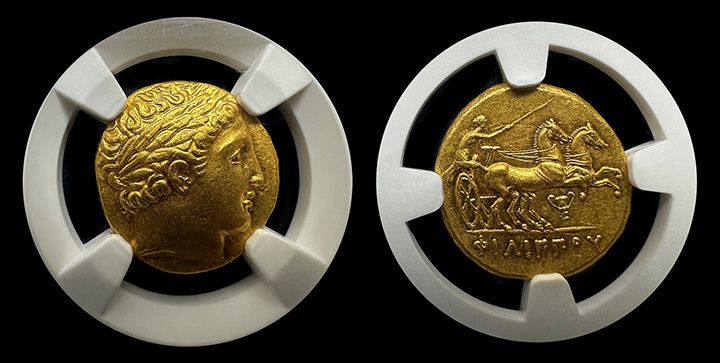
September 14, 2024
Philip II of Macedonia, the father of Alexander the Great, was one of the...
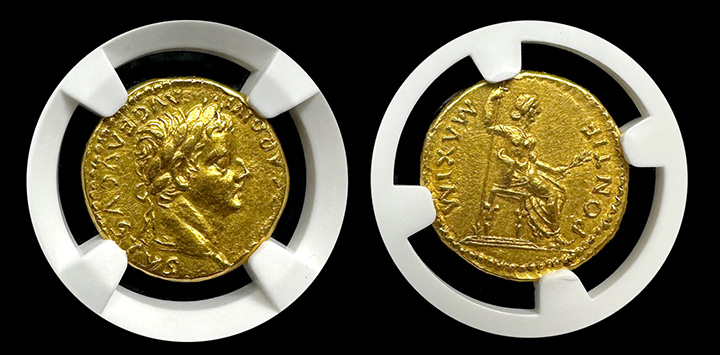
October 13, 2023
In history's annals, few figures are as enigmatic and influential as Roman Emperor Tiberius. Roman Emperor Tiberius's Legacy from AD 14 to 37 signified a vital era in the Roman Empire. Additionally, it was characterized by intricate politics, imperial ambitions, and a transformative period for Ro...
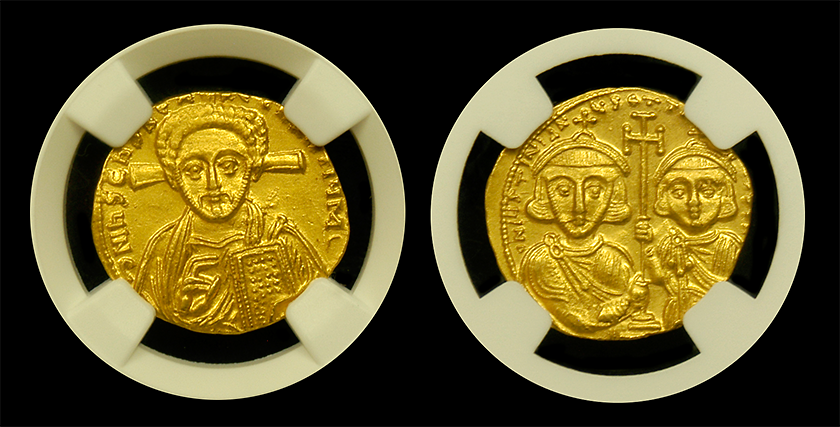
April 4, 2023
Easter is a significant time for Christians all over the world. Most importantly, it commemorates the resurrection of Jesus Christ from the dead. For coin collectors, it is an opportunity to explore the Read More →
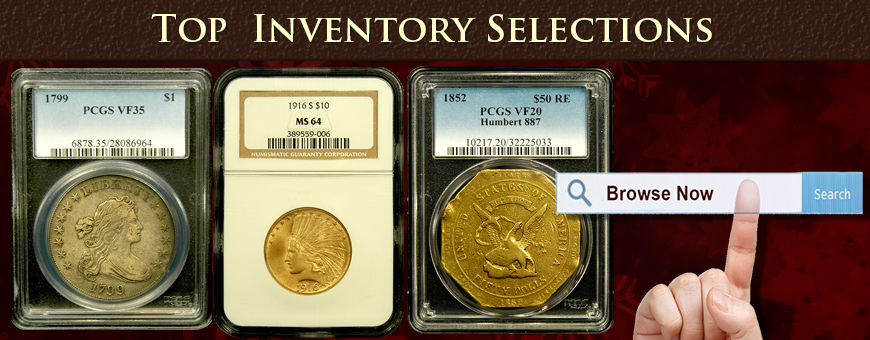
October 14, 2022
If you’re new to the rare coin industry, you may have a few questions about rare coins and their values. At Austin Rare Coins, we’re here to help collectors, buyers, and sellers alike. 4 common questions about rare co...
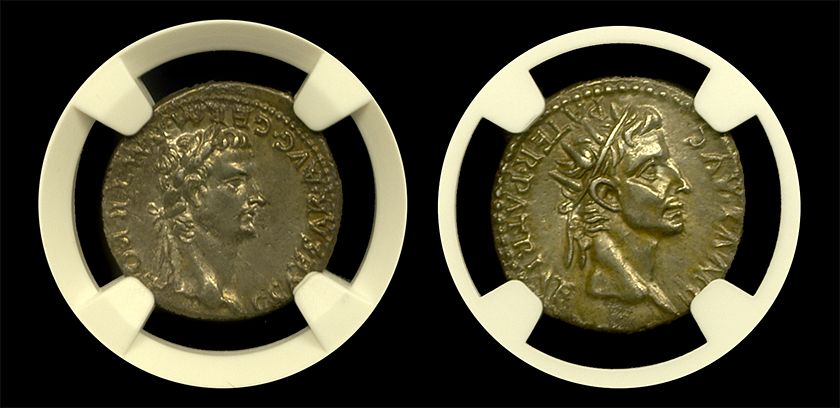
August 6, 2022
Roman Emperor Caligula is remembered as being the cruelest roman emperor. No one can say exactly why he was so cruel. Some speculate, that it was because he fell ill of syphilis 6 month into his ...
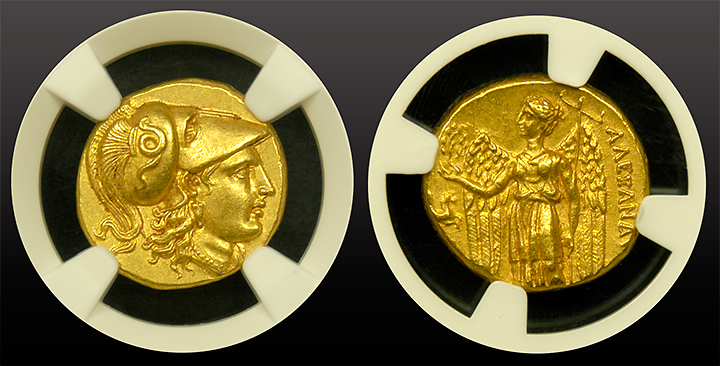
July 22, 2022
The world’s first coins were minted in ancient Lydia. Lydia's King Croesus became the first ruler to separate gold from other metals. He issued the world's first pure gold and pure silver coins. The Persian Empire, also known as the Achaemenid Empire, took up the idea of coinage upon defeating Ki...
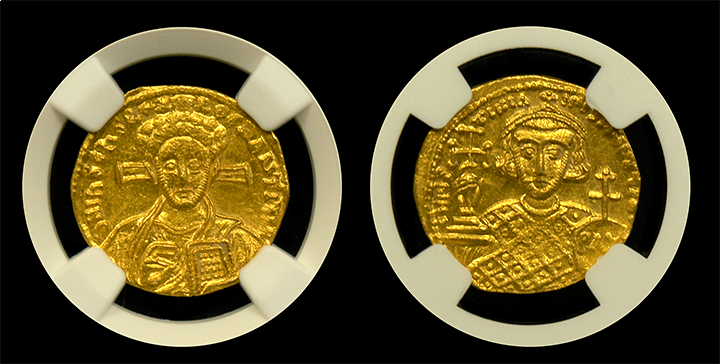
April 6, 2021
The Roman Empire began fragmenting in the 5th century AD. However, as the Western Empire fell in c. 376-476, the Eastern Roman Empire began to thrive. The name Byzantine Empire, or Byzantium became more popular than calling it the Eastern Roman Empire. There was also a clear...
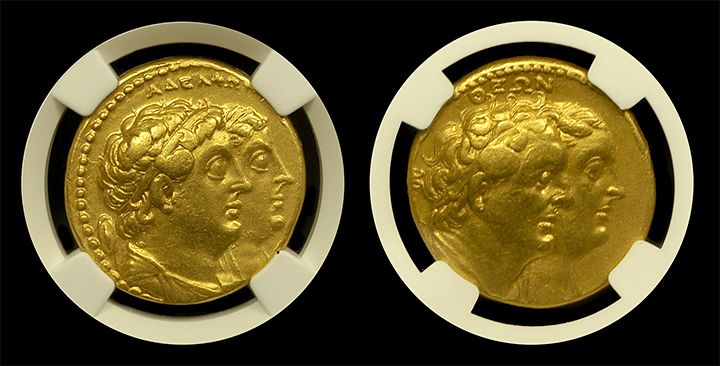
March 17, 2021
Many customers ask us, "What is the largest ancient gold coin?" We tell them, you’ve come to the right place! Only one ancient gold coin struck holds that title. The Gold Octodrachm was by far the largest gold coin ever ...
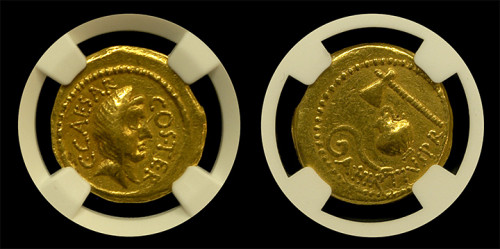
February 7, 2021
What is a Gold Aureus? The Julius Caesar Gold Aureus was a gold coin&n...
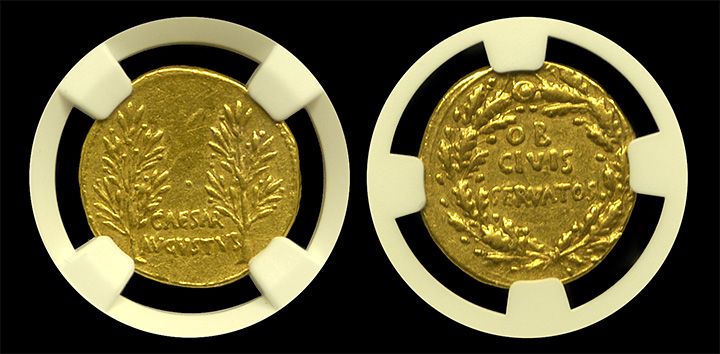
January 29, 2021
Ancient coins are beautiful, miniature works of art, and true antiquities. In order to understand how much is a Roman aureus worth, you have to understand that ancient coins are amazingly rare. There is a very limited supply and a growing demand from investors and collectors.
1 of 2